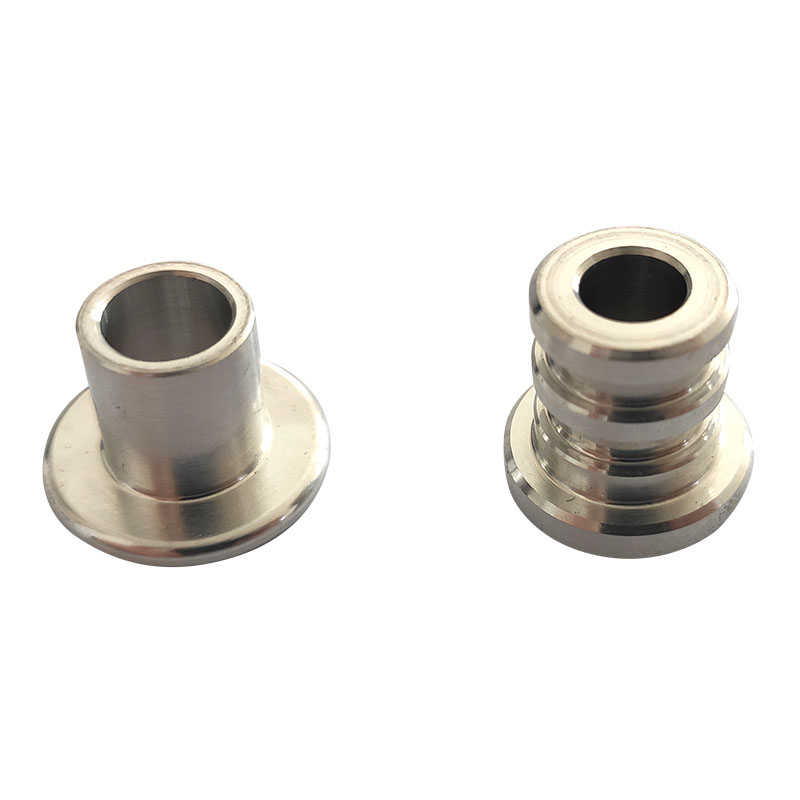CNC turning is a machining process that involves the use of computer numerical control (CNC) machines to shape and cut a rotating workpiece. The workpiece is secured in a chuck and rotated while a cutting tool, guided by CNC programming, removes material to create the desired shape. Here are some key features and aspects of CNC turning:
Rotation: CNC turning involves the rotation of the workpiece. The chuck holds the workpiece securely and allows it to rotate, enabling cutting tools to remove material from the workpiece's outer surface.
Cutting Tools: CNC turning utilizes various cutting tools, such as single-point cutting tools or inserts, which are mounted on a tool holder. These cutting tools have specific geometries and cutting edges that determine the shape and quality of the machined surface.
Axes of Motion: CNC turning machines have different axes of motion that allow the cutting tool to move along specific paths to perform machining operations. The main axes in CNC turning are:
a. X-Axis: It is the horizontal axis parallel to the spindle axis. The cutting tool moves along this axis to remove material from the workpiece.
b. Z-Axis: It is the vertical axis aligned with the spindle axis. The cutting tool moves along this axis to control the depth of cut.
CNC Control: CNC turning machines are controlled by computerized systems that interpret the programmed instructions and drive the machine's movements. The CNC control system precisely controls the position, speed, and feed rates of the cutting tool, resulting in accurate and repeatable machining operations.
Automation: CNC turning machines often incorporate automation features such as automatic tool changers, which allow for the automatic exchange of cutting tools during the machining process. This reduces the need for manual intervention and enables the machine to perform complex operations with minimal operator intervention.
Versatility: CNC turning can be used to create a wide range of shapes and features on a workpiece, including cylindrical shapes, tapers, chamfers, threads, and grooves. By using different cutting tools and programming techniques, CNC turning machines can produce intricate and precise components.
Efficiency and Precision: CNC turning offers high levels of efficiency and precision. The use of CNC control ensures consistent and accurate machining results, while the ability to program complex tool paths allows for the creation of intricate part geometries.
Material Compatibility: CNC turning can be performed on various materials, including metals (such as steel, aluminum, and brass), plastics, and even some composites. The choice of cutting tools, tool coatings, and machining parameters can be adjusted to suit different materials and optimize the machining process.
Overall, CNC turning is a versatile and efficient machining process that allows for the precise shaping and cutting of rotating workpieces. It offers a high degree of automation, repeatability, and the capability to machine complex geometries, making it widely used in industries such as automotive, aerospace, manufacturing, and more.

